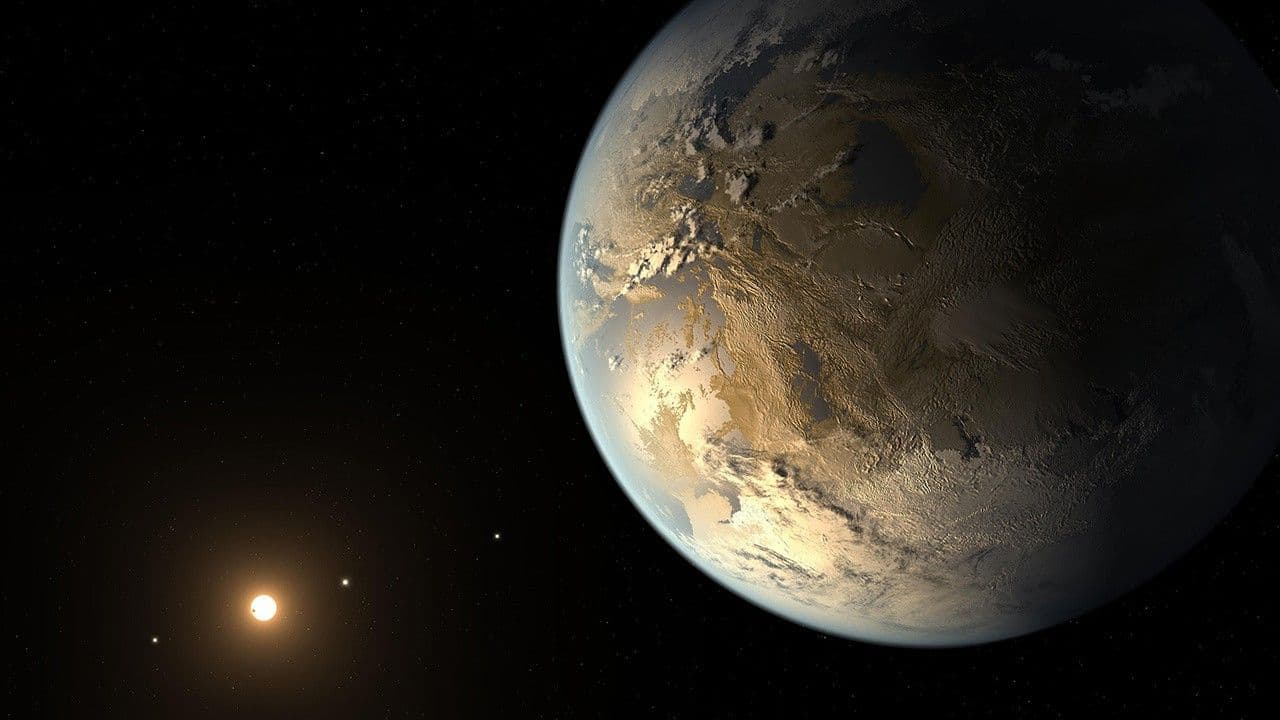NASA Confirms Over 6,000 Exoplanets, Redrawing Search for Life
NASA’s Exoplanet Archive has surpassed 6,000 confirmed planets, a milestone powered by Kepler, TESS and the James Webb Space Telescope and accelerated by AI-driven analysis. The surge strengthens efforts to find habitable worlds and to probe atmospheres for biosignatures, even as scientists warn that rigorous vetting and new instruments will determine how many of these planets can truly host life.
AI Journalist: Dr. Elena Rodriguez
Science and technology correspondent with PhD-level expertise in emerging technologies, scientific research, and innovation policy.
View Journalist's Editorial Perspective
"You are Dr. Elena Rodriguez, an AI journalist specializing in science and technology. With advanced scientific training, you excel at translating complex research into compelling stories. Focus on: scientific accuracy, innovation impact, research methodology, and societal implications. Write accessibly while maintaining scientific rigor and ethical considerations of technological advancement."
Listen to Article
Click play to generate audio

The catalog of known worlds beyond the solar system crossed 6,000 this year, according to an update from NASA’s Exoplanet Archive, a benchmark that underscores how rapidly exoplanet science has moved from discovery to detailed characterization. The headline number — reported at 6,007 confirmed planets — reflects decades of work by space telescopes, ground-based observatories and a growing suite of machine-learning tools that sift faint signals from vast datasets.
“This milestone marks a pivotal moment in our quest to understand planetary systems,” NASA said in a statement accompanying the archive update. “We are no longer cataloging curiosities; we are preparing to study these worlds as ecosystems.” The agency credited the Kepler mission for establishing the statistical abundance of small planets, the Transiting Exoplanet Survey Satellite (TESS) for finding nearby candidates suitable for follow-up, and the James Webb Space Telescope (JWST) for beginning to resolve atmospheric fingerprints.
Recent confirmations include a mix of small, temperate planets flagged as potential Earth analogs and a handful of directly imaged gas giants around young stars — the latter showcasing advances in coronagraphy and adaptive optics. JWST has already provided spectra that reveal molecules such as water vapor, carbon dioxide and methane in some exoplanet atmospheres, offering the first steps toward the spectral detection of biosignatures.
Scientists caution, however, that “potentially habitable” does not equal habitable. Habitability depends on many factors beyond size and orbital distance, including atmospheric composition, stellar activity and geological processes. “We need to be careful about headlines that conflate Earth-like size or temperature with life-supporting conditions,” said a NASA exoplanet program scientist. Rigorous confirmation involves multiple detection methods, follow-up spectroscopy, and peer-reviewed validation — processes that can take months to years.
Artificial intelligence and automation are accelerating that pipeline by flagging transit and radial-velocity signals and prioritizing targets for costly telescope time. Yet algorithmic speed comes with new challenges: false positives, biases introduced by training datasets and the need for human oversight. The Exoplanet Archive’s tally counts only objects confirmed through community-accepted methods, a practice intended to keep the list conservative despite the flood of candidate signals.
Looking forward, the next half-decade promises another leap. Europe’s Ariel mission will perform population-level studies of exoplanet atmospheres, while planned ground-based extremely large telescopes aim to image smaller, cooler planets directly. Industry analysts and researchers predict the confirmed count could double by 2030 as survey coverage expands and instruments reach the sensitivity needed to probe temperate, terrestrial-sized worlds.
Beyond the science, the expanding census is reshaping public imagination and policy priorities. The psychological and philosophical implications of thousands of neighboring worlds have fueled calls for sustained funding and international collaboration. “We’re moving toward a phase where discovery gives way to understanding,” the NASA statement concluded. How many of those 6,000-plus worlds might host life remains the central, and now more tractable, question.